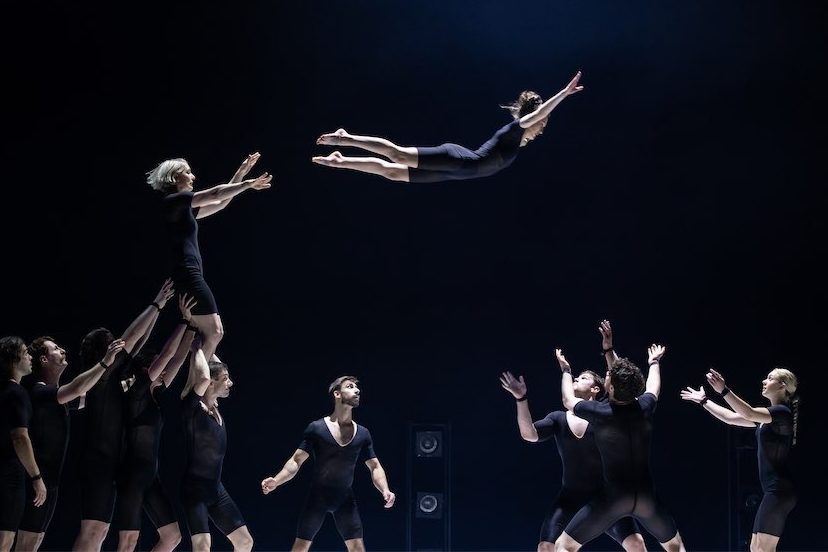
Music / “Beethoven’s Eroica”, Australian Haydn Ensemble. At Wesley Uniting Church, August 4. Reviewed by GRAHAM McDONALD.
IT was common practice in the late 18th and early 19th centuries for popular composers to arrange orchestral works for smaller groups of musicians.
Where larger orchestras performed mainly for their aristocratic employers and a limited audience, a condensed arrangement of a symphony or other larger scale orchestral works could be played by a greater range of amateur and professional musicians and heard by many more people.
It also meant that the composers and their publishers could sell the sheet music to a wider spread of the musical world.
The Australian Haydn Ensemble has been exploring this aspect of classical music with various programs over the past few years, including small-scale arrangements of Haydn symphonies in particular.
For this program they have taken the idea to the next level, performing symphonies by Mozart and Beethoven using contemporary arrangements for seven instruments, two violins, two violas, cello, bass and transverse keyless flute.
In addition to Mozart and Beethoven, the concert opened with the first movement of a symphony by Paul Wranitsky, a contemporary and friend of Haydn Mozart and Beethoven. This is performed by just the six strings with great enjoyment by the players with precise phrasing throughout. A performance of the full symphony would be an interesting inclusion in a future program.
This was followed by the well-known Mozart “Symphony No.40 in G minor, K550” in an arrangement for six strings and flute by the Venetian musician Giambattista Cimador. The pared-back instrumentation keeps the core of the music intact with all Mozart’s glorious themes and it was a delight to watch the interaction of the musicians throughout as they watched each other for cues and dynamics.
The final work for the concert was the Symphony No 3 in E flat major, “Eroica”, by Beethoven, again arranged for six strings and flute.
This is a long piece of music, around 45 minutes and, however well played, lacks variation in tonal colouring with the limited instrumentation over that length.
Allowing for two violin parts, viola, cello and bass, it leaves only the second viola and the flute to fill in what would otherwise have been played by flutes, oboes, bassoons, trumpets and horns.
For all those limitations, this was an exemplary performance from the seven musicians, an insight into the musical world of two centuries ago and shows some admirable scholarship in bringing to the fore lesser known musical aspects of this period.
Who can be trusted?
In a world of spin and confusion, there’s never been a more important time to support independent journalism in Canberra.
If you trust our work online and want to enforce the power of independent voices, I invite you to make a small contribution.
Every dollar of support is invested back into our journalism to help keep citynews.com.au strong and free.
Thank you,
Ian Meikle, editor




Leave a Reply